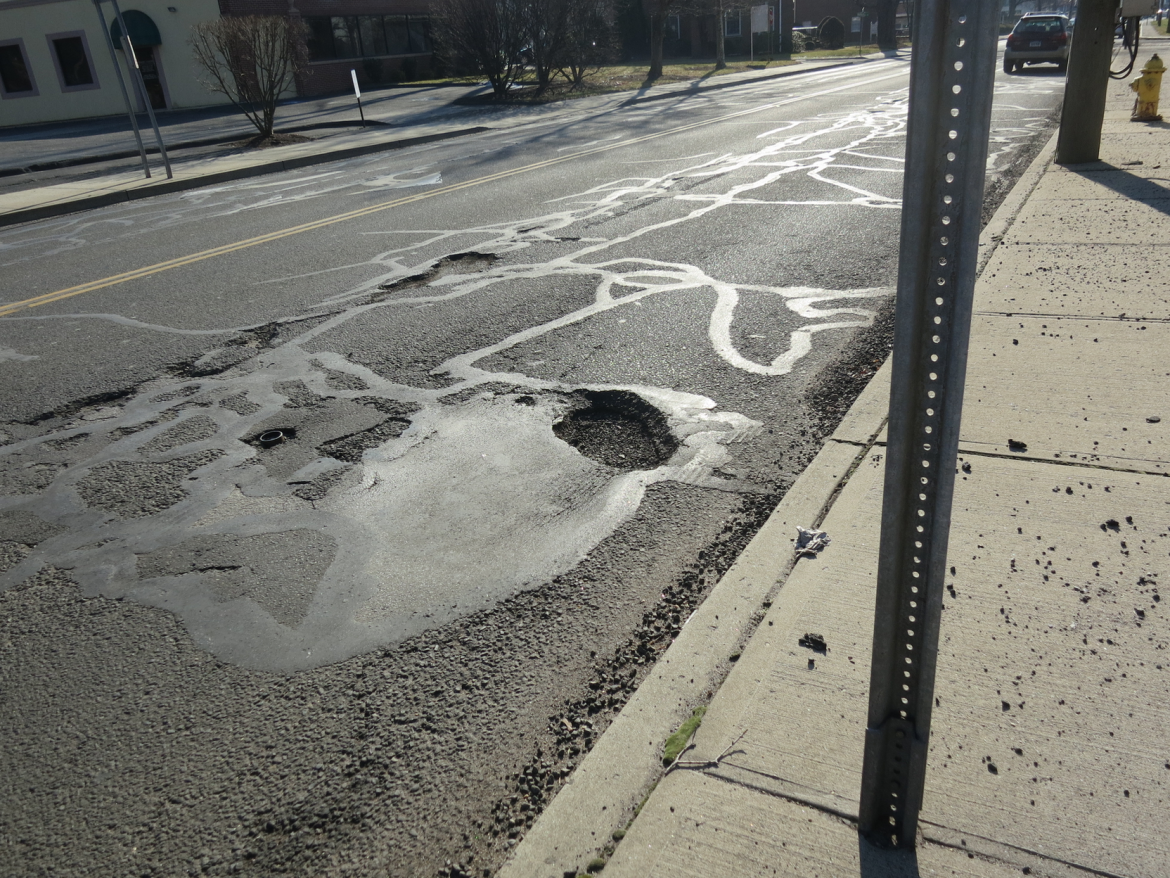
Potholes may be a sign of spring. But unfortunately, the thaw-freeze-thaw cycle that creates pavement breakup in roadways can seriously damage your car, contribute to tire wear, and just give motorists overall panic attacks.
Pothole damage has cost U.S. drivers $15 billion in vehicle repairs over the last five years. That’s about $3 billion annually, according to AAA.
Two-thirds of Americans – 20% of whom are in the Northeast – expressed concerned about potholes on local roadways. The auto association also urges state and local governments to fully fund and prioritize road maintenance to reduce vehicle damage, repair costs and driver frustration.
“In the last five years, 16 million drivers across the country have suffered pothole damage to their vehicles, with problems ranging from tire punctures and bent wheels to more expensive suspension damage,” said John Paul, AAA Northeast’s Car Doctor.
American drivers report they’ve paid, on average, about $300 to repair pothole-related vehicle damage and experienced pothole problems with an average of three times in the last five years.
AAA offers this ‘prescription’ for potholes:
• Head’s Up & Look Ahead – Scan the roadway and look well ahead of the front of your car so you have time to react if needed. Before you swerve to avoid a pothole, make sure you check surrounding traffic.
• Slow Down – If a pothole can’t be avoided, reduce your speed. But check your rearview mirror before any abrupt braking. Just before you roll into the pothole, release your foot off the brake. Hitting a pothole at higher speeds or with locked brakes greatly increases the chances of damaging your tires, wheels and suspension components.
• Beware of Potholes Masquerading as Puddles – A puddle can disguise a deep pothole. Treat them as though they may be hiding potholes.
Oops, too late! Now what do I do?
• Check Your Alignment – Hitting a pothole can knock a car’s wheels out of alignment and affect steering. If your vehicle pulls to the left or right, have a qualified technician check your wheel alignment including an inspection of the steering and suspension components.
• Listen for Unusual Noises/Vibrations – A hard pothole impact can dislodge wheel weights, damage a tire or wheel; and even bend or break suspension components. Any new or unusual noises or vibrations that appear after hitting a pothole should be inspected.
• Inspect Your Tires – Your tire is the most important connection between your vehicle and the road. Inspect them for cuts and damage. Make sure you have sufficient tread and proper inflation. To check the tread depth, insert a quarter into the tread groove with Washington’s head upside down. The tread should cover part of Washington’s head. If it doesn’t, then it’s time to start shopping for new tires. Check the depth at different places on the tire. When checking tire pressure, ensure they’re inflated to the vehicle manufacturer’s recommended levels. This number can be found in the owner’s manual or on a placard on the driver’s door jamb.
More information can be found on the AAA Exchange.
AAA Northeast is a not-for-profit auto club with 61 offices in Rhode Island, Massachusetts, Connecticut, New Jersey and New York providing more than 5.2 million local AAA members with travel, insurance, finance, and auto-related services.

Email news tips to Greenwich Free Press editor [email protected]
Like us on Facebook
Subscribe to the daily Greenwich Free Press newsletter.